Per Chris Grinter, on April 19th, 2011
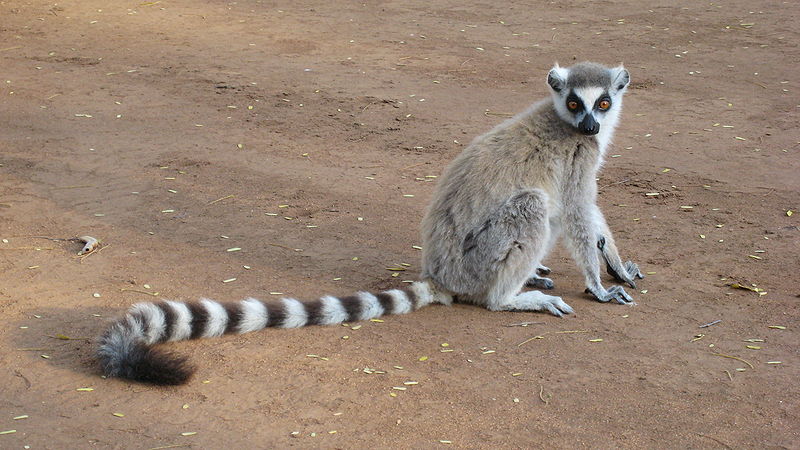 Source: Wikipedia It turns out that Richard Branson has a new idea; to save the ring-tailed lemur (Lemur catta) by importing them to his private British Virgin Island. As the article points out Branson spent millions of pounds and years of effort to turn the island into “the most ecologically friendly island in the world”. But it appears Mr Branson has decided to forgo conservation science and rewrite it in a more PR friendly way. In come the lemurs despite the cautions of his own ecological assessment because he wants “…to create a second island habitat and the conditions on Moskito are perfect.” Perhaps Branson has a bizarro world dictionary where the definition of the word perfect is “something completely dissimilar from the original”.
OK sure, at first the idea sounds like a fine one – the lemurs are endangered, why not try to give them a second wild refuge? Bé, Dr James Lazell of the Conservation Agency has had 31 years experience in the Virgin Islands and has pointed out that “Lemurs are agile, dexterous, aggressive, omnivorous animals that could have a detrimental effect on these simple island ecologies. They eat absolutely everything – lizards, fruit, roots, insectes, birds’ eggs.” Oh but don’t worry, nothing bad can happen when you introduce primates to an island (introduced primates devastate Florida Key). Branson knows that the lemurs will only “take the odd gecko” (like the rare endemic dwarf-gecko Sphaerodactylus parthenopion), not to mention they probably won’t spread to other islands since they “hate swimming” (ring tailed lemur swimming).
So why then the ring-tailed? Not because it is the most endangered (hi ha lots of other more endangered lemurs), but because it is the most iconic. That is what really drives me up the wall about this ridiculous idea. Not only is he naively introducing a possibly invasive species into a sensitive island habitat – but because he is spreading a false message of conservation. Like a slow child Branson has rushed to the ring-tailed to save it while completely missing the entire idea behind conservation. The ring-tailed is a flagship species, one that draws attention to the devastation that is occurring in Madagascar. One cute cuddly animal to represent the staggeringly unique and diverse habitats of its homeland. But not if Richard Branson has anything to say about it. Why bother protect Madagascar when you can swoop in and create a new home for a primate everyone loves? uf, crisis averted. Richard fiddles while Madagascar burns.
I suspect this freakish island zoo is simply masquerading as conservation and the real incentive behind it is commercial. Over the next few years there will be a handful of “luxury, carbon-neutral homes built on the island”. A pretty brilliant scheme to incentivize the purchase of homes that undoubtedly will cost tens of millions of dollars each – and you can pretend to feel good about protecting the world while you do it. After all the Virgin Islands lack any charismatic wildlife; nature sure does a terrible job of creating a billionaires wonderland. What comes next to the island?
Pot ser… just maybe… Branson has Dr. Moreau moving in first.
Per Chris Grinter, el 18 d’abril, 2011 Fa unes setmanes em van convidar a unir-me a una classe d’entomologia de Berkeley al camp durant el cap de setmana. El nostre destí era el Reserva Blue Ranch Ranch; una de les reserves més recents del sistema de la Universitat de Califòrnia, situada als afores de San José, al mont Hamilton (mapa a continuació). Va ser un viatge conjunt d’aranyes i escarabats, organitzat per Charles Griswold i Dave Kavanaugh respectivament. I malgrat les glaçades de dissabte a la nit vam aconseguir trobar alguns insectes interessants. Ja heu vist les meves imatges del Scaphinotus (Carabidae), però aquí teniu un conjunt més gran d’imatges tant de mi com de companys i companys de bloc Tamas Szuts.
 Estafilínids: Aleocharinae? 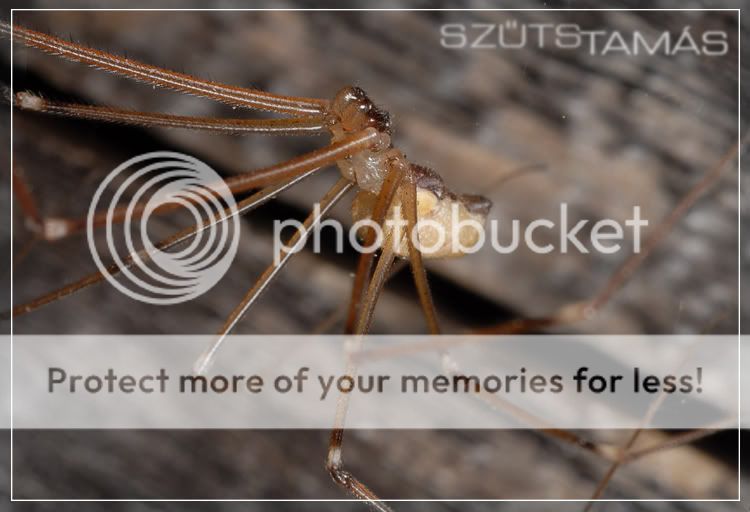 Fòlcids : probable Pholcus sp. 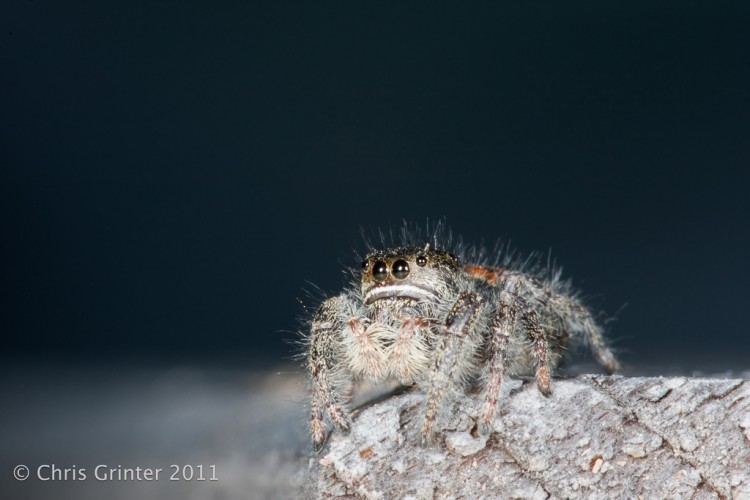 Salticidae: Phidippus sp. Continue reading Blue Oak Ranch Reserve
Per Chris Grinter, on April 6th, 2011 Okay – a few apologies for not having full images *yet* of the larvae in question (I will in a few days!). Over the weekend I was out with a group of Berkeley students on Mount Hamilton and PhD candidate Meghan Culpepper collected a few species of Scaphinotus and a some larvae! So the specimen from Monday was indeed the larvae of a Scaphinotus beetle feasting inside the shell of a native terrestrial snail. This challenge was a hard one since these predatory Scaphinotus larvae are rarely encountered and there are zero images of out there – and none of them feeding. Better luck next time!
For now, here is an undetermined Scaphinotus species. In the coming weeks I will have 4-5 species photographed and identified (by Meghan) – and the larvae will have to be sequenced for species ID. Estigueu atents.
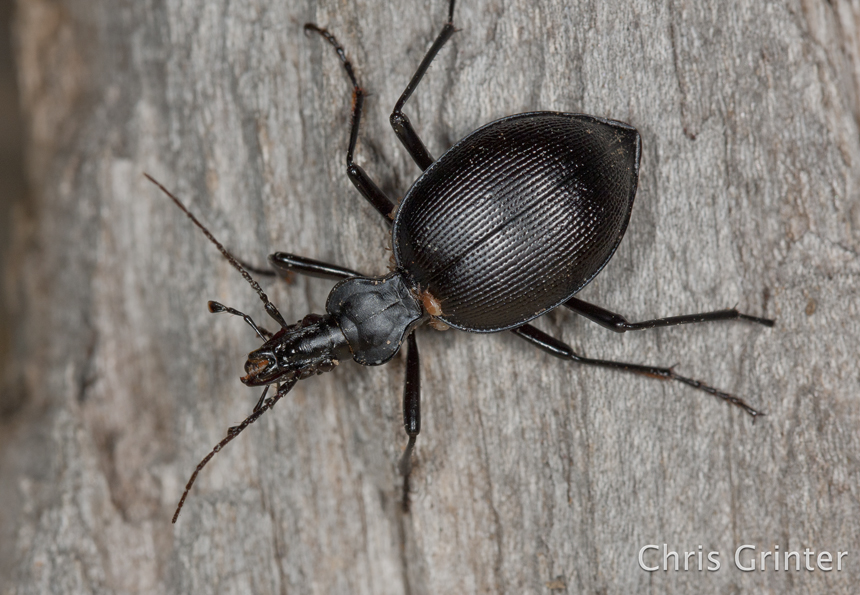
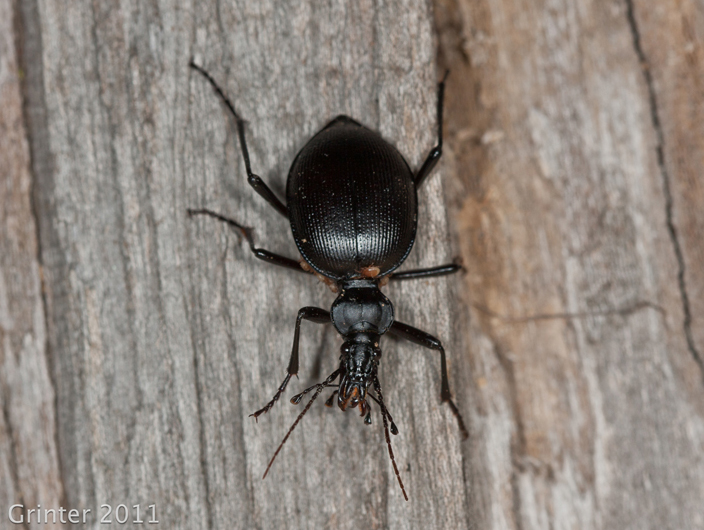
Per Chris Grinter, on April 4th, 2011 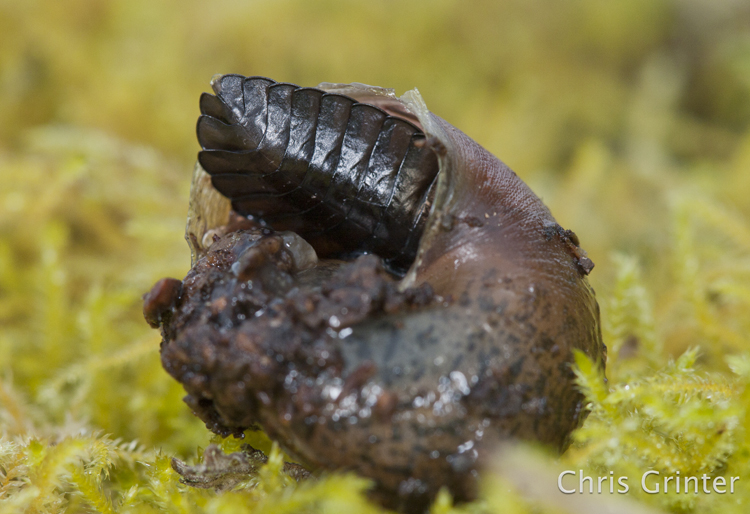
Came across this guy while out in the field the other day, what’s going on here? Points awarded for Order/Family/Genus – but even experts in this group can’t figure out the species quite yet.
(everyone in the field with me should hold their comments until the guesses come in!)
Per Chris Grinter, el 30 de març, 2011 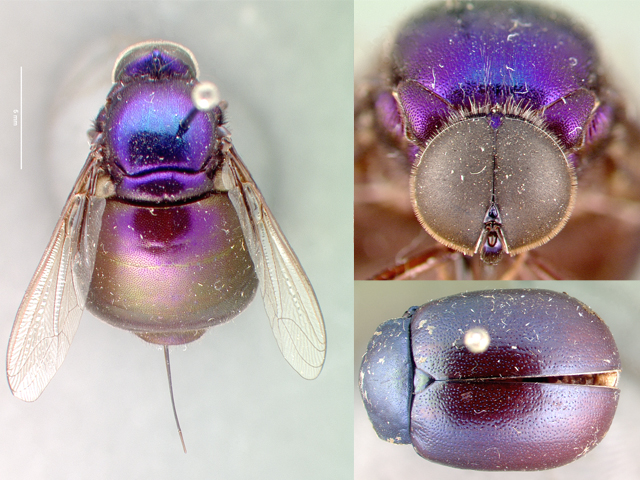 Glass klettii: Fotos per abril Nobile, CAIXA Glass klettii: Fotos per abril Nobile, CAIXA
En la seva major part les mosques no són un insecte arribi massa entusiasmats amb. No obstant això, la família enigmàtica Acroceridae són l'excepció. Vaig a començar compartint alguns gèneres interessants de tant en tant – la morfologia de la família és increïblement divers. La majoria dels meus dies els passo al museu inventant la nostra col·lecció massiva de més 16,000 Acorcèrids (també conegut com a mosques de cap petit). Això pot no semblar massa impressionant si ho compares amb altres famílies més abundants (i fa pàl·lid en comparació amb l'excés 17,500,000 altres exemplars que tenim al museu); però resulta que en representa molts, si no la majoria, de tots exemplars coneguts per a tota la família. Tot i que és probable que hi hagi grans conjunts d'aquestes mosques en altres institucions, l'Acadèmia de Ciències de Califòrnia pot reclamar fàcilment el registre des que va rebre la col·lecció del Dr. Evert I. rotllo (que de tant en tant ve a treballar des del museu).
Els acrocèrids resulten ser un grup força difícil d'estudiar per la raresa que són a la natura, la seva biologia parasitoide, i el difícil que poden ser agafar-los per banda. El seu gran tòrax està ple de músculs que propulsen la mosca per l'aire – així que si no els agafes a una flor et quedes amb ganes d'una trampa Malaise. L'Ev em va explicar una història d'aprendre a agafar-los per banda a Costa Rica. Estàs a favor del vent d'un company de camp – tan aviat com algú escolta alguna cosa passar, et balances salvatgement amb l'esperança d'enganxar la mosca per casualitat… funciona de tant en tant. Aquestes mosques també són els únics endoparàsits coneguts de les aranyes adultes (pot haver-hi un registre d'un taquínid…). El gènere anterior, NeoLasia, és un paràsit de les taràntules Theraphosid (alguna cosa com Afonopelma). Com a larva, la mosca avança per les potes d'una aranya i s'enterra a l'abdomen on després s'instal·la al costat del pulmó del llibre i fa un petit forat per respirar.. Després espera pacientment que l'aranya arribi a la seva maduresa. Amb taràntules femenines, la mosca podria estar latent durant dècades. Finalment, passa alguna cosa semblant a la pel·lícula Aliens i les larves s'alimenten dels òrgans interns de l'aranya després emergeixen per pupar-se.. Però esbrinar si una aranya té o no un paràsit és impossible sense una dissecció – per tant, s'han de mantenir grans col·leccions d'aranyes vives per obtenir registres d'amfitrió. La biologia dels parasitoides és genial.
L'exemplar anterior (Glass klettii una nova, sense nom, espècies) va ser recollit a 1977 per Schlinger prop de la ciutat d'Alamos, Mèxic – a les flors amb el model d'imitació probable, un escarabat Chrysomelidae (gent escarabat, qualsevol idea més enllà de la família?).
Per Chris Grinter, on March 24th, 2011 Better be careful of what you do while out in the countryside. Farms can be dangerous places, especially if you’re a photographer. Proposed legislation in Florida, titled simply “farms”, is attempting to make photography or drawings in, on or de a farm without explicit written consent a first degree FELONY (Fins a 30 years in prison). What could possibly be the justification for this legislation? Journalist Barry Doyle suggests the good Senator is tightly in the pockets of Agribusiness – looking out for those poor farmers who are targeted by animal rights groups or even worse – human rights groups! I tend to concur, this legislation is a disgusting piece of corruption. It gets pretty bad:
(2) A person who photographs, video records, or otherwise produces images or pictorial records, digital or otherwise, at or of a farm or other property where legitimate agriculture operations are being conducted without the written consent of the owner, or an authorized representative of the owner, commits a felony of the first degree…
I strongly encourage any of my Florida readers to write to Senator Norman and express your absolute disgust in his legislation.
14031 N. Dale Mabry Blvd.
Tampa, FL 33618
(813) 265-6260
Senate VOIP: 41200
I also encourage everyone else everywhere else to write to your US representative and exclaim your outrage over this possible violation of first amendment rights (only a proposed violation at this moment).
And just for good measure, here is a bad cellphone picture I took while in Oregon with lots of farms.
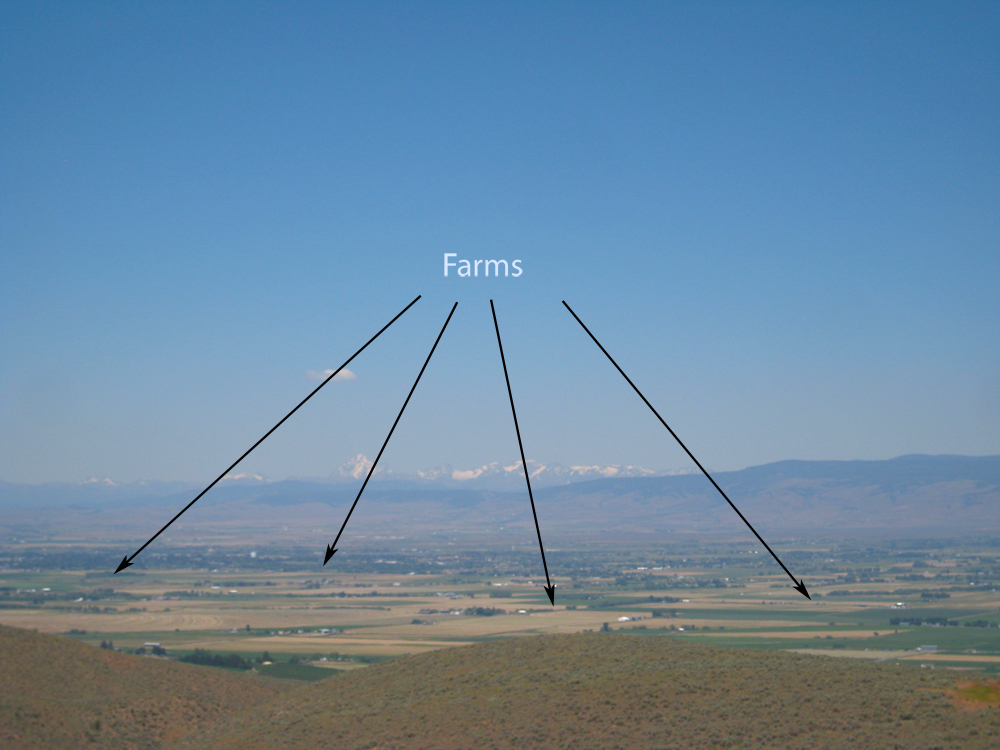
Per Chris Grinter, el 22 de març, 2011 Usually I come across horrible entomology articles regularly enough that I save a backlog for future series. This hasn’t been the case over the last few weeks, I haven’t come across the normal array of terrible media crud. Maybe I just get jaded and stop looking as carefully – but this week I even came across a moth related correction from the Maui News. They fixed their error, but must have deleted the original article…
And for this week I found this article with the image below. Should be pretty easy to spot the weirdness (they do at least manage to point out that the moth is no the LBAM (light brown apple moth)).
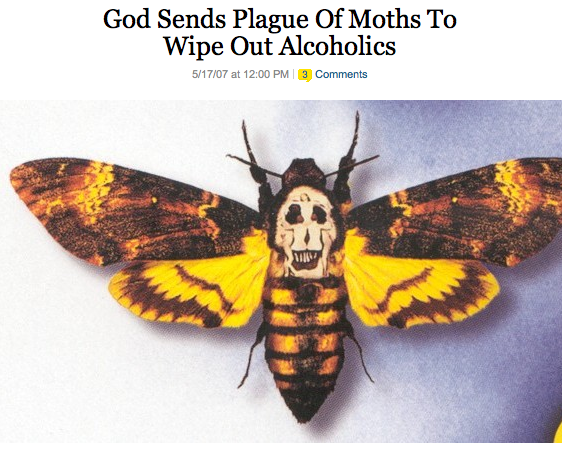
Per Chris Grinter, el 18 de març, 2011 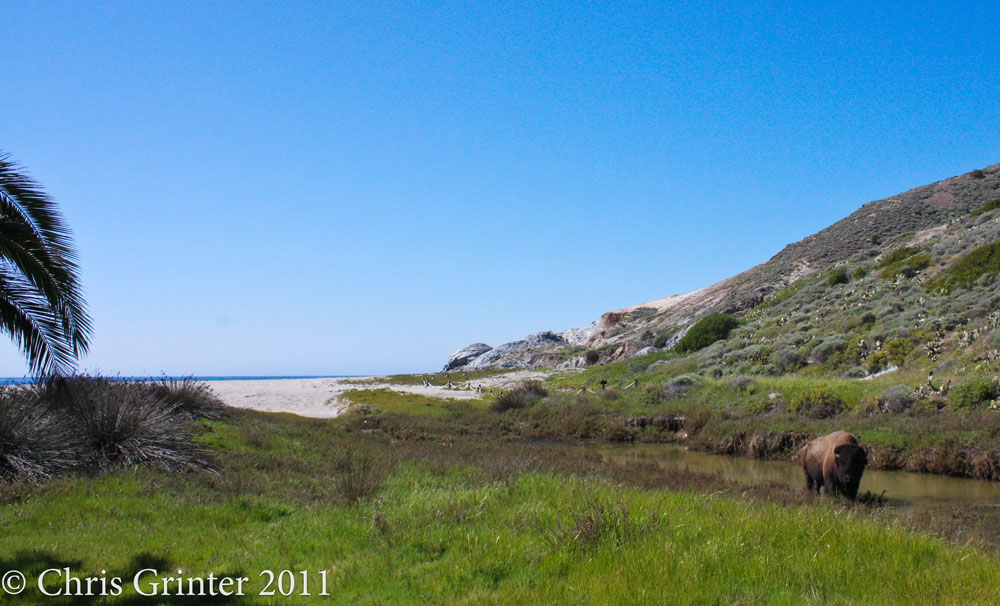
Potser l'únic lloc del món on es pot trobar un bisó americà (vs. búfal) de peu prop d'una platja al costat d'una palmera. La setmana a Santa Caterina va ser una meravellosa 01:00, i malgrat una primavera fresca amb algunes gelades fora de temporada, alguns recollida decent es va fer. Here are just a few amusing images and you’ll notice one thing right away: no fields of wildflowers! As it turns out, almost a century of goat, pig and bison grazing has left mostly grass and cactus on the island. At one point there were over 1000 bison and countless herds of goats; it’s a wonder anything survived at all! Avui, there are thankfully only a modest ~200 bison left that are even on birth control (you guessed it, you can’t shoot the damn things since people “love” them – just like the stupid eucalyptus you can’t cut down). En 1924 a small heard of bison were brought over to shoot the movie The Vanishing American. Naturalment, the project went over budget, the scene was cut and the animals were let loose instead of paying to return them home. 80 years later and you’re left with an island you can only fight to “conserve” and not restore. Sad fact is that we have no clue what the island actually used to be like. It’s even hypothesized that the endemic island fox (of which we saw 6!) was brought over by indigenous peoples a few thousand years ago from neighboring islands. I guess it’s in our nature to mess with our environment.
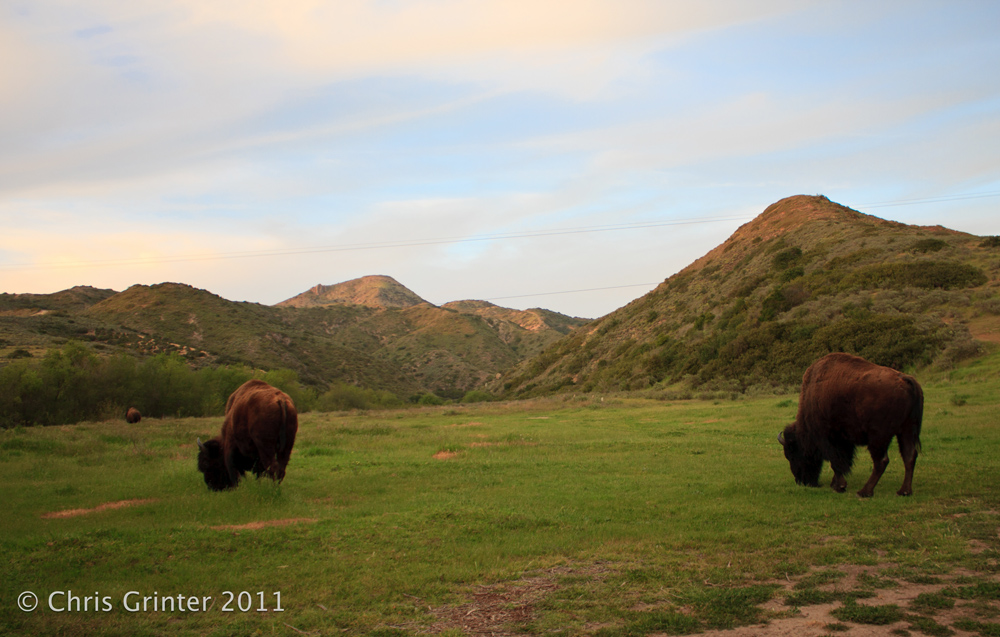
As I was photographing the above, this beast walked up behind me. It wasn’t running, I was!
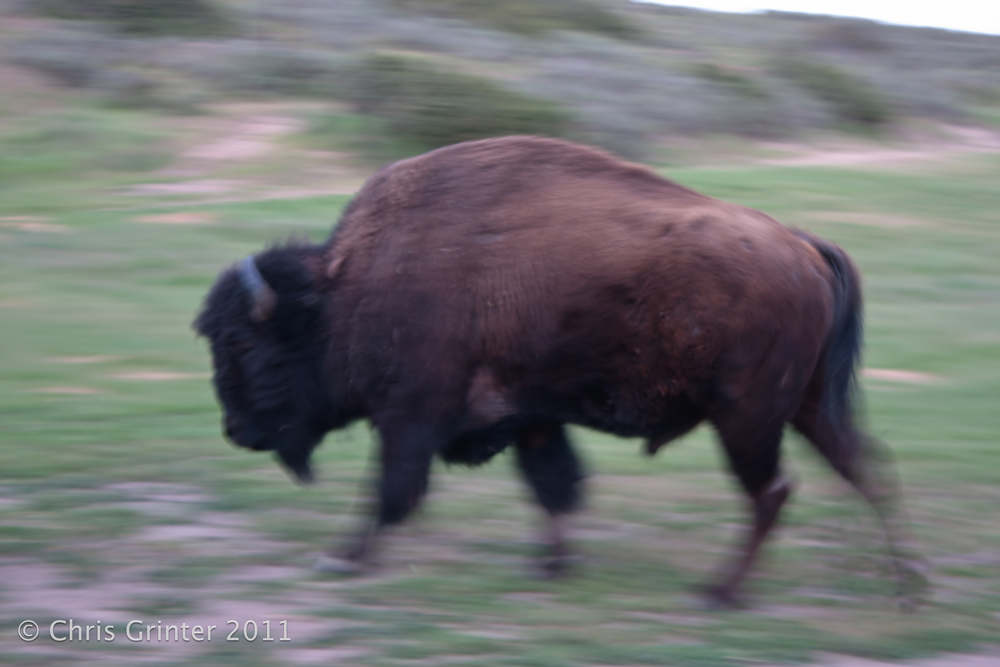
Per Chris Grinter, el 8 de març, 2011 [cetsEmbedGmap src = http://maps.google.com/maps?ll = 33.393039, -118.416824&spn = 0.359452,0.715485&t = h&z = 11 width = 600 height = 330 marginwidth = 0 = 0 marginheight frameborder = 0 scrolling = acte]
Demà al matí em vaig per a un 10 viatge de recollida d'un dia a Illa Catalina. He tingut la sort de ser convidat a unir-se Dr. Jerry Powell de la Universitat de Berkeley en una enquesta de l'arna, i aquesta serà la meva primera vegada en qualsevol de les illes. Les illes del Canal són conegudes pels seus alts nivells d'endemisme, i cap és més famós que el Fox de l'illa del Canal. També hi ha un grapat de papallones i arnes endèmiques que espero trobar, però com a mínim sé que és temporada de flors silvestres i que tinc la càmera preparada.
És probable que tindré poc o cap accés a Internet mentre em quedo a l'illa, així que espera una setmana. Si hagués planificat amb antelació, hauria programat publicacions o un autor convidat! Si us plau, estigueu atents a algunes de les meves primeres imatges 2011 temporada de camp.
Per Chris Grinter, el 3 de març, 2011 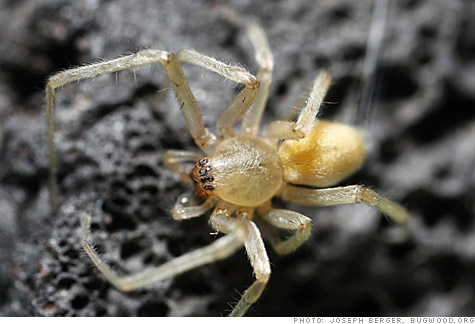
Pel que sembla, something in the Mazda 6 fuel line is warm and inviting for the yellow sac spider, prou perquè estiguin construint xarxes sobre els sistemes de ventilació del 4 vehicles de cilindres (i no el 6!). El problema s'ha considerat a “infestació d'aranya” per l'empresa de cotxes, and the clogged vent lines then can lead to a cracked gas tank and the possibility of a fire.
“A certain type of spider may weave a web in the evaporative canister vent line and this may cause a restriction of the line”
So far only 20 cases are confirmed, but this problem is prolific enough that it has lead to a recall of over 52,000 sedans! I think it’s high time the major car companies hire entomology consultants – després de tot, my retainer would be a lot less than the cost of that recall…
I consulted with our resident team of arachnologists here at the CAIXA, and the above image does appear to be a sac spider. It’s too hard to tell from the image, but it’s probably not an egregious taxonomic failure.
|
Escepticisme
|














